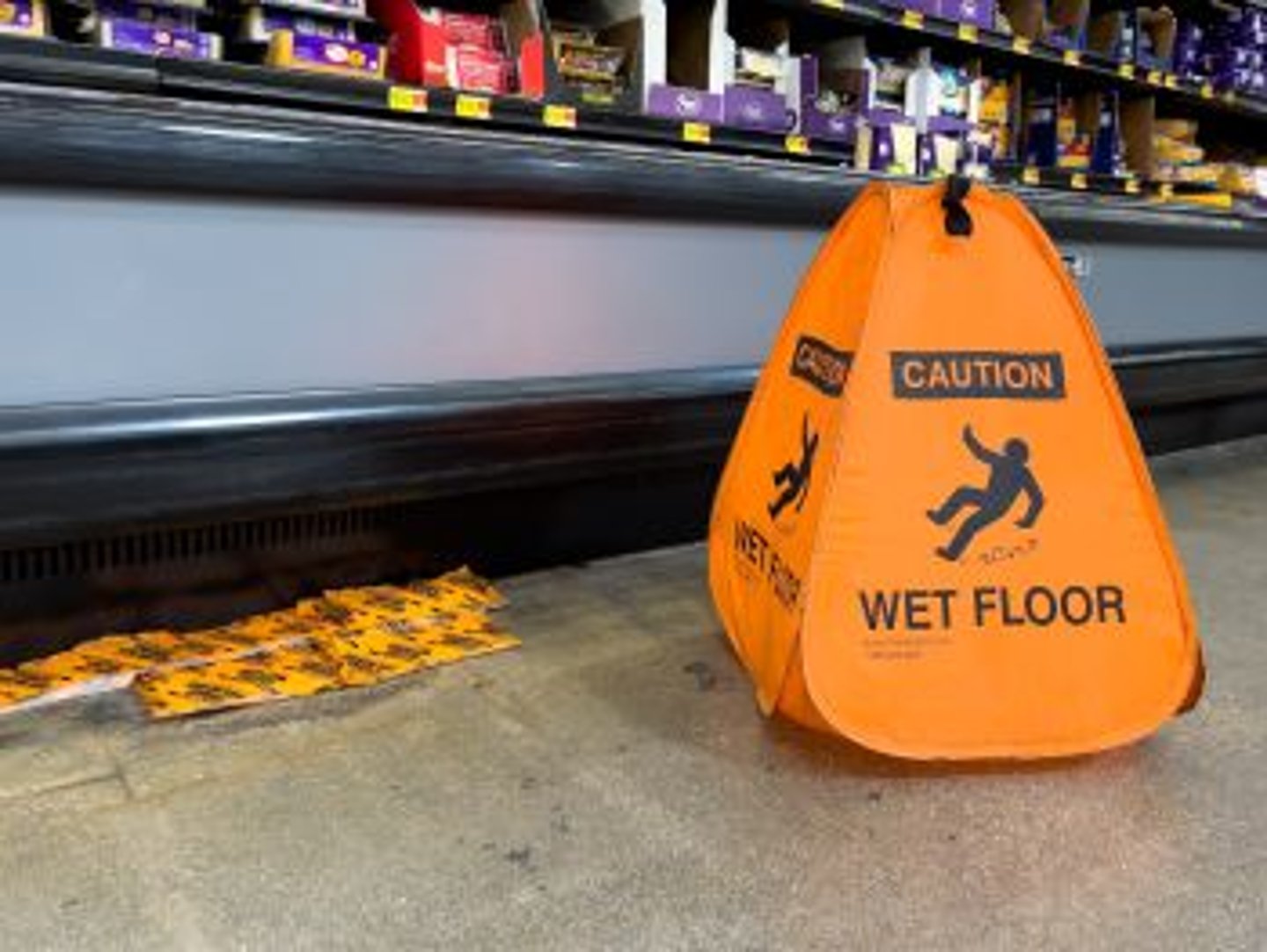Eight ways to protect employees from cuts and lacerations
WSPS Consultant Andrew Moffett has a deep scar on his left thumb, an unhappy reminder of the cut he suffered at age 16 on the second day of his first job in the produce department of a grocery store.
The day prior, Andrew was shown how to trim romaine lettuce with a knife, holding the lettuce in his left hand and the knife in his right. On this day, he was given green onions to trim, but no instructions. He assumed he was to use the same technique. But when he did, the knife sliced into his thumb.
His boss’ reaction? He told him he should have used his ‘common sense’ and used a cutting board.
Today, Andrew knows that common sense is not the answer.
A widespread and rising concern
Cuts and lacerations are a worry for many industries. In grocery and retail environments, it’s one of their top three. Here injuries are linked to the use of knives, box cutters, and shears, as well as cutting equipment (deli slicers, band saws, bread slicers, meat grinders, mixers, etc.).
And statistics show it’s a rising concern. Between 2021 and 2023, there was a 17.8% increase in cuts and laceration claims. In 2023 alone, there were 4,682 claims, costing employers $13,845,859. (WSIB Safety Check statistics)
But WSIB claims represent only the tip of the iceberg, says Andrew. Many go unreported.
“There is still a belief that these injuries are unavoidable and just the cost of doing business. But that’s not true. With the right combination of controls, risks related to cuts and lacerations can be reduced, preventing unnecessary injuries to workers, and significantly lowering costs to employers.”
Eight ways to reduce the risk of cuts and lacerations
- Conduct hazard assessments to identify tasks with laceration risks. Look around. What tasks and equipment could pose a risk? Consider tasks like shipping/receiving, cleaning and maintenance; and areas such as the car wash, deli department, bakery, hot tables and/or other kitchen/food preparation areas. Also, encourage staff to report all cuts and lacerations, no matter how minor they may seem. “Include this and related first aid reports in the assessment,” says Andrew. “This will tell you where the problems are, so you can take corrective action.”
- Provide the right tools for the job and enforce their use. Using a single tool for multiple tasks – when it's not designed for it – can lead to injuries. Ensure you are providing workers the right tool or equipment for the task, and that they are using it.
- Provide step-by-step practical training on all hand-cutting tools. “Watching a video is not sufficient on its own,” says Andrew. He recommends the ‘I show you, you show me’ approach to ensure employees can safely do the task. “Explain how hand tools and equipment must be used in every situation the worker encounters. Also, ensure you coach and mentor young or new workers until they are proficient.”
- Keep blades sharp. It seems counterintuitive, but dull blades require more force to cut materials, increasing the risk of slips and injuries. Ensure all cutting tools are regularly serviced and maintained in good condition. This applies to all types of machinery and equipment too.
- Have machine guarding and lockout/tagout systems in place to protect workers from the sharp edges on equipment. Verify the workers understand the purpose of the guarding and the specific lockout/tagout steps necessary when working with, cleaning, repairing and/or working around the equipment.
- Practice good housekeeping. Work areas should be kept clean and organized to prevent accidental contact with sharp items. Never leave sharp materials unattended and be sure they are stored safely when not in use.
- Establish work procedures to control hazards and train staff on them. Never assume newly hired staff know how to use your specific piece of equipment or tool based on their past work experience in your industry. Each piece/brand will vary in terms of how it operates, how it is cleaned and how your company uses it. Do not rely on “common sense”. What is common sense to you, may not be to others.
- Provide personal protective equipment (PPE) to prevent injuries. Workers should wear gloves that fit properly and are made from cut-resistant materials when using sharp hand tools and large cutting equipment.
Additional Resources
- Safety Check: Box Cutter Safety (guide)
- Job Aid - Box Cutters
- Safety Check: Knife Safety (guide)
- Safety Tips: What are the fundamentals of knife safety? (video)
- Safety Check: Meat Band Saw Safety (guide)
- Job Aid - Slicer
- Machine Guarding and Electrical Hazards (article)
- What can happen to your hands and how to protect them (poster)







